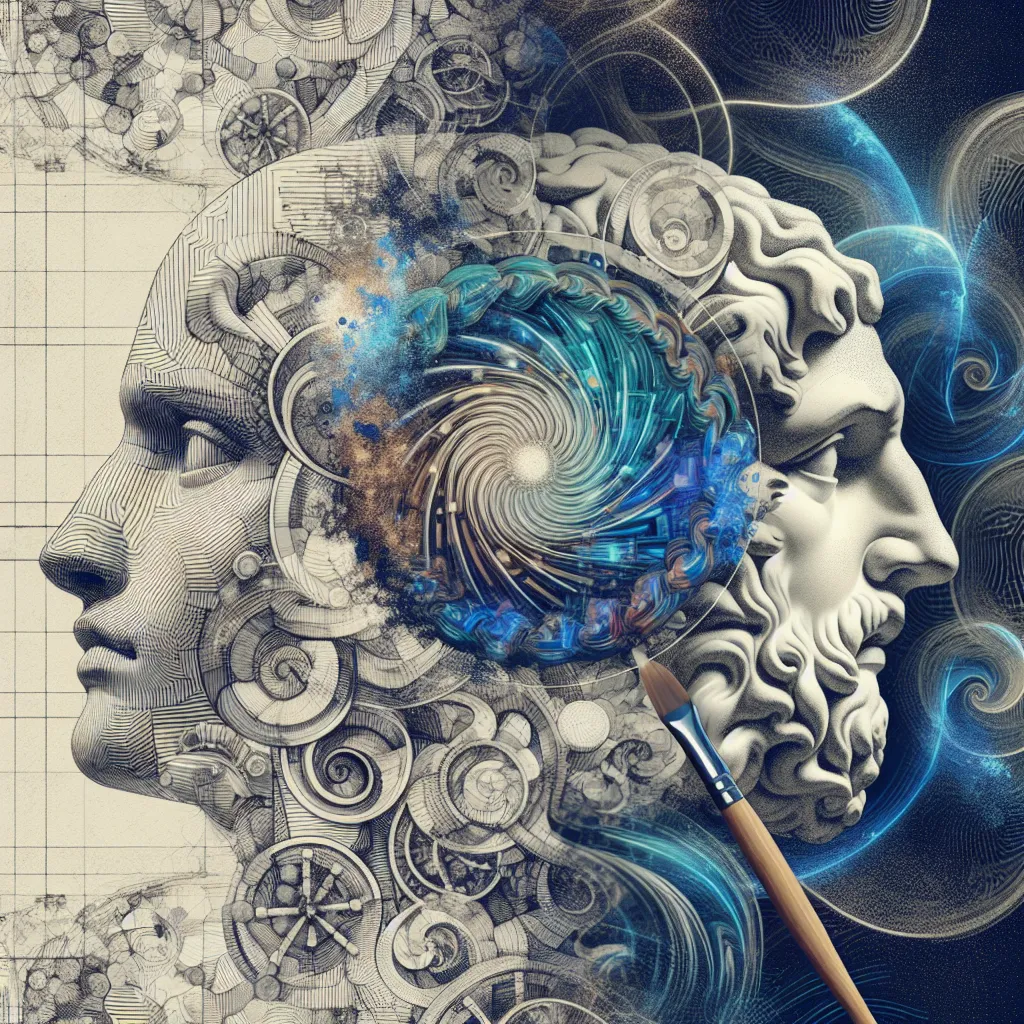
- Published on
- Authors

- Name
- You
The Neuropsychology of Lucid Dreaming: Metacognition and Self-Awareness
Welcome, dream weavers and thought explorers, to an enchanting journey through the realm of lucid dreaming, where hard science and mystical wisdom converge! As we delve into the neuroscience behind this phenomenon, well also unravel ancient truths about self-awareness and metacognition. Buckle up, for what you're about to experience is no less than a quantum leap into the uncharted territories of your own mind.
Table of Contents
- [What is Lucid Dreaming?](#w hat-is-lucid-dreaming)
- [The Science Behind Lucid Dreaming](#t he-science-behind-lucid-dreaming)
- [Brain Regions Involved](#b rain-regions-involved)
- [Neurotransmitters in Play](#n eurotransmitters-in-play)
- [Metacognition: Thinking About Thinking](#m etacognition-thinking-about-thinking)
- [Self-Awareness and Lucid Dreaming](#s elf-awareness-and-lucid-dreaming)
- [Practical Tips for Enhancing Lucid Dreams](#p ractical-tips-for-enhancing-lucid-dreams)
- [Conclusion](#c onclusion)
What is Lucid Dreaming?
Lucid dreaming is the tantalizing practice of becoming aware that you are dreaming while still enveloped in the dreamscape. This state of consciousness allows you to steer the narrative, explore fantasies, and even confront your deepest fears—all within the safety of your own mind.
The Science Behind Lucid Dreaming
Brain Regions Involved
| Brain Region | Function |
|---|---|
| Prefrontal Cortex | Responsible for planning, decision-making, and self-awareness. This area lights up during lucid dreaming, as it does when we’re awake and engaged in introspective thought. |
| Parietal Lobes | Processes sensory information and constructs our map of physical space, aiding in the vivid, spatial qualities of lucid dreams. |
| Amygdala | Typically associated with emotional processing, it supplies the vivid emotional coloring of our dreams. |
Neurotransmitters in Play
Our dream states are moderated by various neurotransmitters, each acting like a gatekeeper of consciousness.
- Acetylcholine: High levels are found during REM sleep, where most vivid dreaming occurs. This neurotransmitter helps facilitate the retrieval of dream memory.
- Serotonin: Generally low during REM but surges during wakefulness. Curiously, increasing serotonin can enhance dream recall and vividness.
- Dopamine: Associated with pleasure and reward, this ‘feel-good’ hormone can make our dreams exceptionally rewarding experiences.
Metacognition: Thinking About Thinking
Metacognition, the striking ability to think about one's own thinking, unlocks the gateway to lucid dreaming. This higher-order thinking skill enables us to recognize that we are dreaming while still in the dream state. Imagine soaring in the sky, only to realize mid-flight that your feet are firmly rooted in bed—this epiphany is metacognition at work!
Self-Awareness and Lucid Dreaming
Lucid dreaming is a dazzling showcase of self-awareness. When we slip into a lucid dream, our prefrontal cortex awakens, merging our waking self with our dreaming self. This unity fosters a blend of reality and fantasy that can offer profound insights into our subconscious mind.
In mystical traditions, such as Tibetan Buddhism, lucid dreaming is not just a curiosity but a practice of spiritual enlightenment. Within the dream plane, practitioners engage in "Dream Yoga," aspiring to harness their self-awareness to achieve a greater understanding of both their mind and the cosmos.
Practical Tips for Enhancing Lucid Dreams
Ready to become a dream architect? Here are some tips to initiate your journey:
- Reality Checks: Frequently ask yourself during waking hours, "Am I dreaming?" This habit may carry over into your dreams.
- Dream Journal: Keep a notebook by your bedside to jot down dreams immediately upon waking, improving dream recall.
- Mnemonic Induction of Lucid Dreams (MILD): As you drift off to sleep, repeat to yourself, "I will know I'm dreaming."
- Wake Back to Bed (WBTB): Wake up after 6 hours of sleep, stay awake for a short period, and then go back to sleep to reinforce dream awareness.
Conclusion
The dance between science and mysticism in the landscape of lucid dreaming offers us both cerebral enrichment and spiritual enlightenment. As you immerse yourself in this dual exploration, remember: you hold the keys to the hidden chambers of your mind. Embrace the mystery, harness your metacognition, and awaken to the infinite possibilities within your dreams.
Dream on, brave explorers. The universe within you is awaiting discovery. 🌌✨
